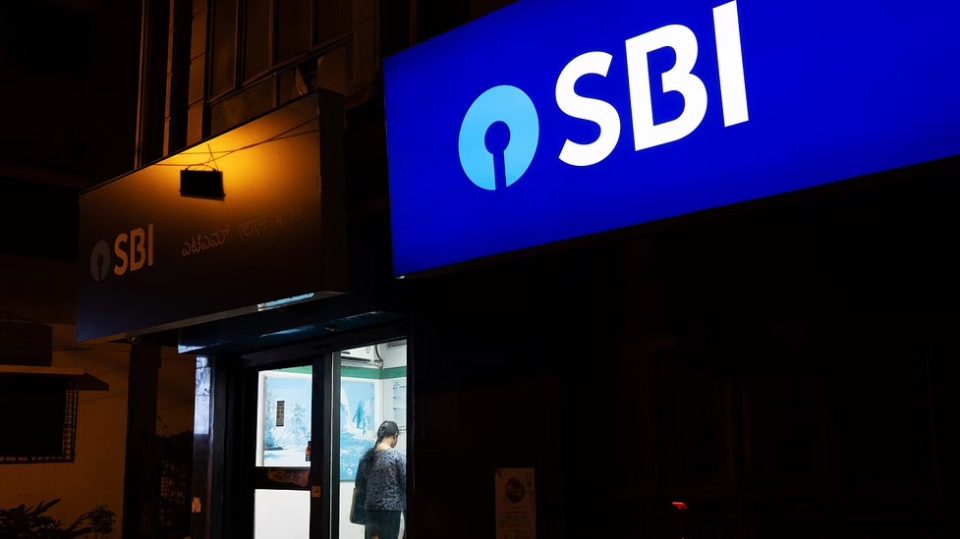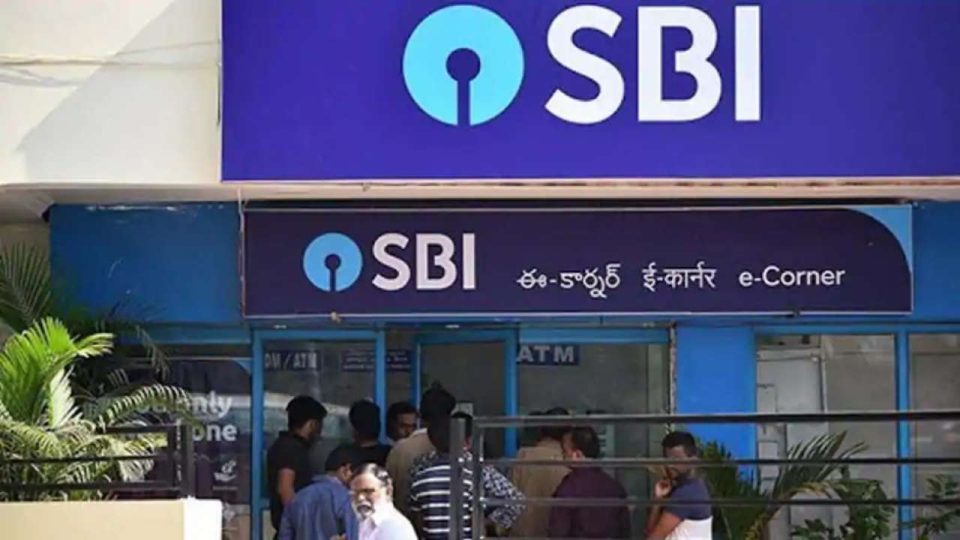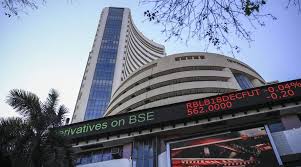Sensex has leaped from 40K to 50K in only 415 sessions, making it the fastest rally by the index to cover 10,000 points and reach the historic 50,000 mark.
On May 23, 2019, the index touched the 40K mark for the first time and has gained over 9,818 points since then. This is the shortest period index took to cover 10,000 points during its 50K journey since its inception.
The latest 10,000-point journey has been sparked by strong FII inflows, buoyant global markets on prospects of Joe Biden‘s win in US polls, positive news on the COVID-19 vaccine front.
Hopes that the new US government will announce additional stimulus to help recovery in the world’s largest economy added gains in the global markets. Better than expected earnings in Q2 of the current fiscal also took the index to record highs.
On the other hand, the index took the longest period of nearly 5,942 sessions to scale its first 10,000 points since it started its journey in 1979.
Sensex was inaugurated in 1986 with 1979 as the base year
On April 3, 1979, the value of the index stood at 124.15. Sensex closed at the 10K mark for the first time ever in 2006. On February 6, 2006, the index reached an intraday high of 10,002.8.
State Bank of India Outlook for the Week (July 24, 2023 to July 28, 2023)
Check State Bank Of India Full Analysis At Unicorn Signals
State Bank Of India Weekly Outlook and Analysis:
For the Week: (July 24, 2023 – July 28, 2023)
State Bank of India Outlook for the Week (July 24, 2023 – July 28, 2023)
BSE: 500112| NSE: SBIN| ISIN: INE062A01020| SECTOR: BANKS
State Bank Of India Share Price : 615.10 (NSE)
SBI closed the Weekly on Positive Note Gaining 5.25%
Weekly High: 619.50
Weekly Low: 584.20
Weekly Range: 19.10 points
Weekly Support & Resistance For SBIN:
| RESISTANCE 2 | 642 |
| RESISTANCE 1 | 628 |
| SUPPORT 1 | 593 |
| SUPPORT 2 | 571 |
Technically on the daily charts EquityPandit’s Analyst see: Minor support on the downside lies at 593 levels, Minor resistance on the upside is capped around 628 levels.
If stock breaches minor support on the downside and closes below it we may see fresh break down and stock can drag towards Major Support on lower side @ 571 and If stock breaches minor resistance on the upside and closes above it we may see fresh breakout and stock can head towards Major Resistances Level @ 642
Stock is trading above 200 days exponential moving average, suggests long term trend is bullish. EquityPandit’s Predicts Range for the Weekly as 642 on upside and 571 on downside.
State Bank of India Outlook for the Week (July 17, 2023 to July 21, 2023)
Check State Bank Of India Full Analysis At Unicorn Signals
State Bank Of India Weekly Outlook and Analysis:
For the Week: (July 17, 2023 – July 21, 2023)
State Bank of India Outlook for the Week (July 17, 2023 – July 21, 2023)
BSE: 500112| NSE: SBIN| ISIN: INE062A01020| SECTOR: BANKS
State Bank Of India Share Price : 584.40 (NSE)
SBI closed the Weekly on Negative Note losing 1.55%
Weekly High: 599.80
Weekly Low: 580.70
Weekly Range: 19.10 points
Weekly Support & Resistance For SBIN:
| RESISTANCE 2 | 607 |
| RESISTANCE 1 | 596 |
| SUPPORT 1 | 577 |
| SUPPORT 2 | 569 |
Technically on the daily charts EquityPandit’s Analyst see: Minor support on the downside lies at 577 levels, Minor resistance on the upside is capped around 596 levels.
If stock breaches minor support on the downside and closes below it we may see fresh break down and stock can drag towards Major Support on lower side @ 569 and If stock breaches minor resistance on the upside and closes above it we may see fresh breakout and stock can head towards Major Resistances Level @ 607
Stock is trading above 200 days exponential moving average, suggests long term trend is bullish. EquityPandit’s Predicts Range for the Weekly as 607 on upside and 569 on downside.
SBI Produces Tool For Top Executives’ Grooming

State Bank of India (SBI), the largest lender in India, announced its plans to modify its leadership programme to aid senior executives who have worked for the company for at least 15 years in their preparation for senior management positions.
In addition to providing senior executives with professional development opportunities, the action will promote effective succession planning and easy inter-vertical transition, according to the document requesting bids from consultancies ready to work with SBI in establishing the programme.
Before being considered for promotion, executives must undergo an evaluation of their skills to create individual development plans, it stated.
“It is crucial that executives being considered are examined for core abilities desirable for handling the job in mind and take informed judgement and also grasp development requirements of the pool assessed,” it stated. “This will ensure sustainable competitive advantage.”
The programme suggests completing cognitive and psychometric tests to find behavioural abilities.
The talent evaluation organisation is expected to plan and carry out online tests that are centrally administered and open to everyone. Following the mapping of proficiency levels, the programme will provide developmental feedback and establish personal development plans, according to SBI.
To allow persistent learning, the development intervention must include microlearning courses, activities, and video cascades to participants on a weekly basis. The document stated that the journey’s content would need to be tailored to the banking, financial services, and insurance (BFSI) industry in general and SBI in particular.
Loans to Get More Expensive as SBI Hikes Benchmark Lending Rate By 0.5%

State Bank of India (SBI) hiked its benchmark lending rate by 50 basis points (or 0.5%), resulting in higher EMIs for borrowers.
The loan rate hike came days after the Reserve Bank of India raised its benchmark lending rate by 50 basis points to tame inflation.
The External Benchmark Lending Rate (EBLR) and Repo Linked Lending Rate (RLLR) were increased by 50 basis points, while 20 basis points across all maturities increased the Marginal Cost of Funds Lending Rate (MCLR).
The revised rates are effective from August 15, according to the information posted on the SBI website. SBI’s EBLR rose to 8.05%, and RLLR rose 50 basis points to 7.65%.
Banks add a credit risk premium (CRP) to EBLR and RLLR when making any loan, including home and auto loans.
After the revision, the one-year MCLR was increased to 7.7% from 7.5% previously, compared to 7.9% for the two years and 8% for the three years. Most loans are tied to a one-year MCLR rate.
As lending rates rise, EMIs will rise for those borrowers who take out loans on MCLR, EBLR or RLLR.
From October 1, 2019, all banks, including SBI, have switched to rates linked to external benchmarks such as RBI’s repo rate or Treasury bill yields. As a result, the bank’s monetary policy transmission has gained traction.
SBI Hikes Lending Rates By 0.1%

The country’s largest lender, State Bank of India, has raised its marginal lending rate based on the cost of funds by ten basis points or 0.1 per cent, a move that will result in higher EMIs for borrowers. It was the second-rate hike in a month, and costs were raised by 0.2 per cent twice in a row. The revision comes after the Reserve Bank raised off-cycle interest rates earlier this month. The central bank raised the repo rate – the rate at which short-term funds are lent to banks – from 0.40 per cent to 4.40 per cent.
Other banks are likely to follow SBI revisions to lending rates in the coming days. With this increase, EMIs will rise for those borrowers who get loans at MCLR (Marginal Cost of Funds Lending Rate) but not for those whose loans are tied to other benchmarks.
From April 1, SBI’s External Benchmark Lending Rate (EBLR) will be 6.65 per cent, while the Repo Linked Lending Rate (RLLR) will be 6.25 per cent. Banks add a credit risk premium (CRP) to EBLR and RLLR when taking out any loan, including home loans and auto loans.
The revised MCLR rates are effective from May 15, according to the information posted on the SBI website. With the revisions, the one-year MCLR has been increased to 7.20 per cent from the previous 7.10 per cent. The overnight, one-month and three-month MCLR rose ten basis points to 6.85 per cent, while the six-month MCLR rose to 7.15 per cent. Most loans are tied to a one-year MCLR rate.
Meanwhile, the two-year MCLR rose 0.1 per cent to 7.40 per cent, while the three-year MCLR rose to 7.50 per cent. Several banks have already raised interest rates following the RBI adjustment, and more are expected to follow in the coming days.






